Botanical name: Dwarf birch or small birch (Betula nana).
Genus: Birch.
Family: Birch.
Homeland of dwarf birch: North hemisphere.
Lighting: light-loving, shade-tolerant.
The soil: swampy, wet.
Watering: abundant.
Maximum tree height: up to 1 m.
Average lifespan of a tree: 100-120 years old.
Landing: seeds, cuttings.
Dwarf birch: description
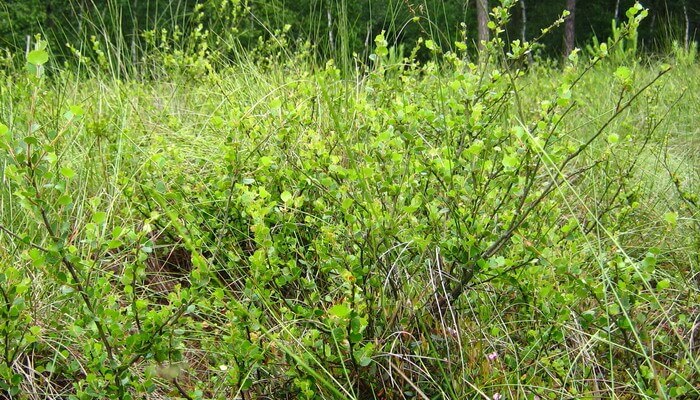
Dwarf birch, the photo of which is presented on the page, is a close relative of ordinary birch. It is a highly branched shrub. It reaches a height of about 1 m. The branches are raised upwards, or spread along the surface of the earth, in diameter they are able to close an area up to 3 m. At very small sizes, the shoots are hidden in the thickness of the lichen, only the leaves of the plant are visible on the surface. The leaf arrangement is alternate.
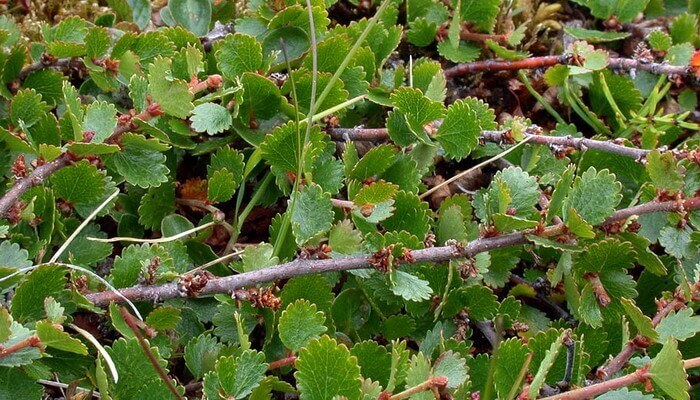
The leaves of dwarf birch are small, 5-15 mm long, 10-20 mm wide, rounded, dark green above, light green below. Attached to the shoots with short petioles 4-6 mm long. In autumn they turn yellow and bright red.
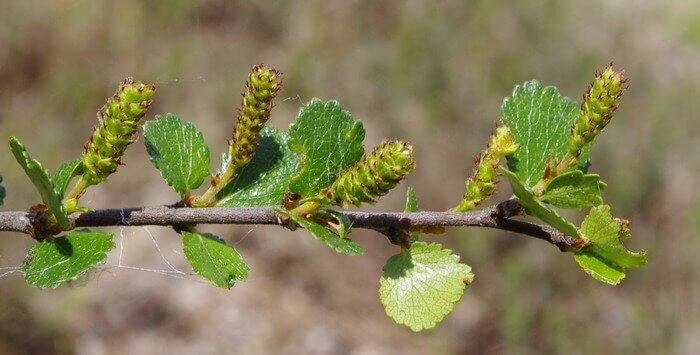
Earrings on dwarf birch are also extremely small. They have an oval shape. When ripe, they break into separate parts: three-lobed scales and fruits - small oval nuts 2 mm long, 1 mm wide, with narrow, membranous wings on the sides.
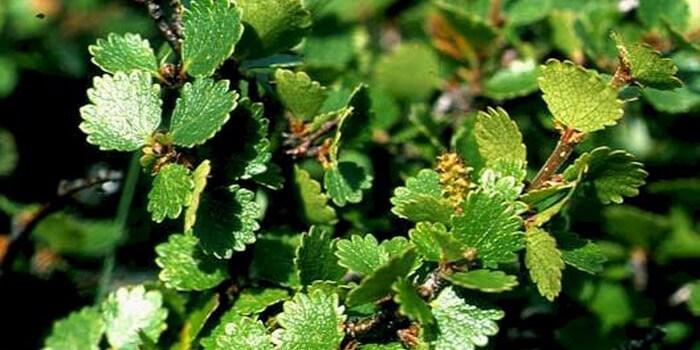
The flowers are small, inconspicuous, unisexual. Blooms in May, before the leaves open. Fruiting from April to June.
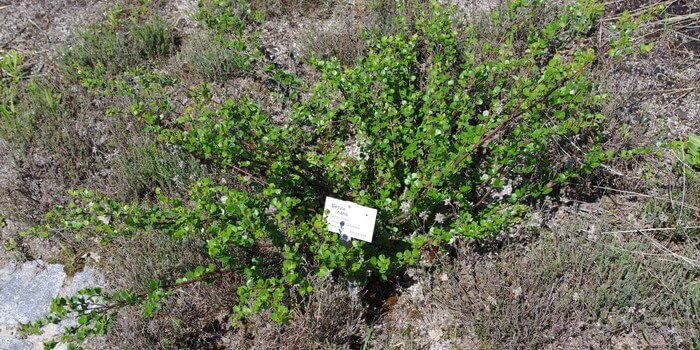
Young shoots are velvety or downy, with dark brown or brown bark. Dwarf birch grows very slowly.
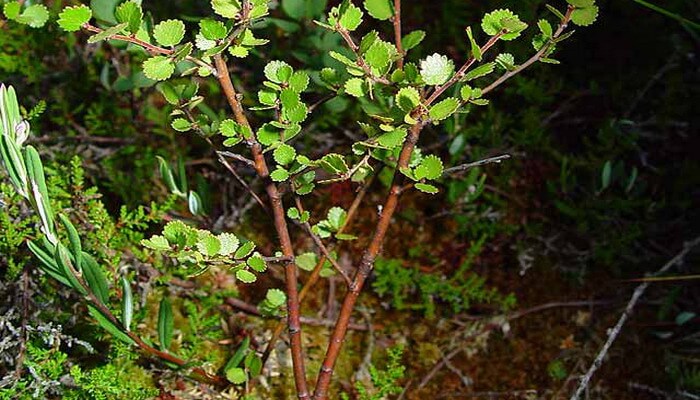
The bark of an adult plant is smooth, covered with a cork layer. The winter hardiness of the shrub is quite high. In the wild, it is found in the North of Russia, Yakutia and Western Siberia. Abroad, it grows in North America and northern Europe. Sometimes found in the mountains, the Alps. Prefers rocky, marsh and tundra soils.
Dwarf birch in the tundra with a photo
This shrub is considered one of the most common tundra plants. It occurs throughout the tundra zone, grows especially abundantly in its southern part, where you can find whole thickets of dwarf birch.
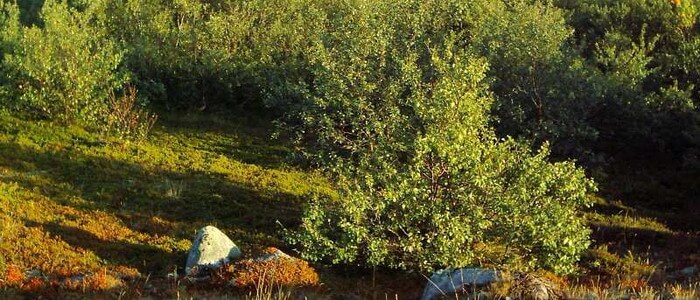
Tundra dwarf birch is able to withstand long harsh winters on frozen ground. It grows mainly in swamps, along with lichens, mosses and dwarf willows. In summer, the plant serves as food for tundra animals. Larger specimens of birch are used by the local population as fuel.
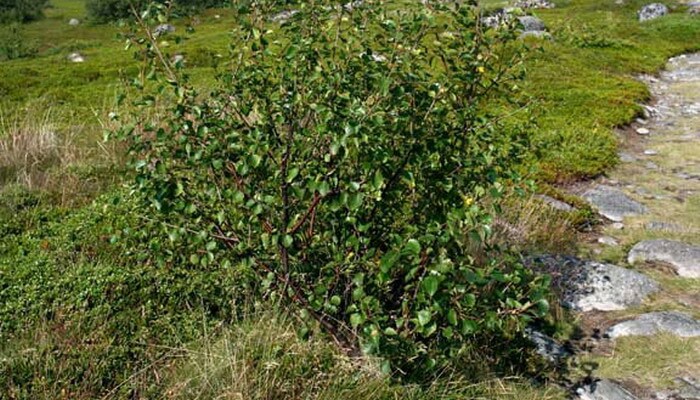
A photo of a dwarf birch in the tundra is attached.
Dwarf birch in landscape design with a photo
In landscape design, a decorative form of dwarf birch is used. Trees are planted for landscaping garden plots, adjacent territories, for the design of public parks and landscape gardens.
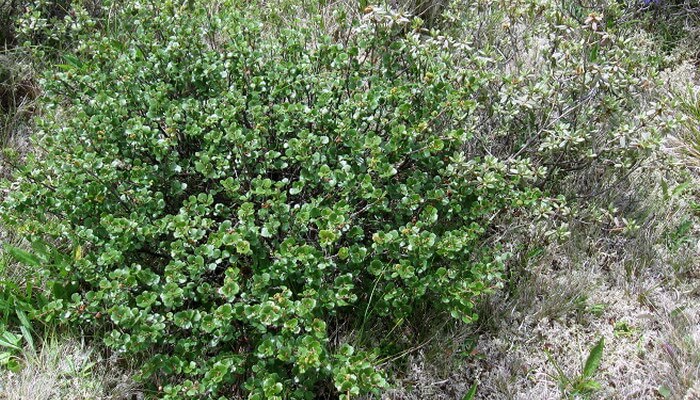
Due to its small rounded shape, this shrub does not require regular pruning.
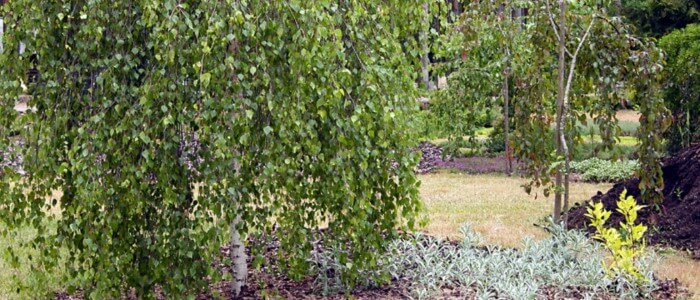
It looks beautiful in rockeries, alpine slides and group plantings, combined with undersized evergreen conifers.
Dwarf birch: planting and care
Planting of dwarf birch is done by seedlings or seeds. The plant is planted in spring and autumn. Dwarf birch seedlings successfully take root on any soil, but prefer loose, slightly acidic, well-fertilized, sandy and light loamy in composition.
They love abundant watering. An adult plant in the summer draws about 250 liters of water from the soil per day. Large seedlings with an open root system take root more difficult. Some of them die, while others may dry tops.
Planting pits are filled with a mixture of garden soil, humus, sand and peat. In the spring, a complex fertilizer is added to the pit, and a phosphorus-potassium composition is used in the fall. Top dressing is required in early spring and early summer.
Nitrogen-containing fertilizers (mullein, urea and ammonium nitrate) are suitable for this. Nitroammophoska and Kemira-universal serve as autumn top dressing.
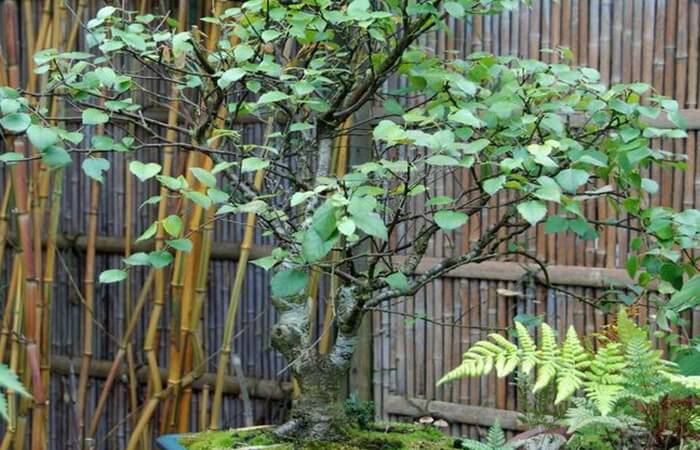
Abundant watering is necessary at planting and in the next 3-4 days. In hot and dry periods, the volume of water should be increased.
Loosening is required to control weeds and saturate the soil with oxygen, it is allowed to a depth of up to 3 cm.
If moss is encountered on its way, the dwarf birch weaves into it with its branches and sinks into it so that only the catkins of the bush are visible. Thus, the dwarf birch "moves" through the swamp, forming dense thickets.
Seeds of dwarf birch develop less frequently than those of ordinary birches, therefore it reproduces more often by vegetative means. Branches of dwarf birch are pressed against the surface of peat and give adventitious roots. From the point of their rooting, young plants appear the next year. Yernik seeds ripen by the end of summer, remain in earrings for the winter.
Yernik shoots appear only in empty areas, where nothing grows. They are helped in this by animals that pluck the grass, and the deserted land is washed by spring waters. Then this area is inhabited by a dwarf birch.
When a tree is about 100 years old, its old parts die off, in their place young branches form, which begin an independent life. Bearberry settles in place of the dead dwarf birch, but fresh birch shoots are gradually replacing it.
Photo gallery: dwarf birch (click on the picture to enlarge):
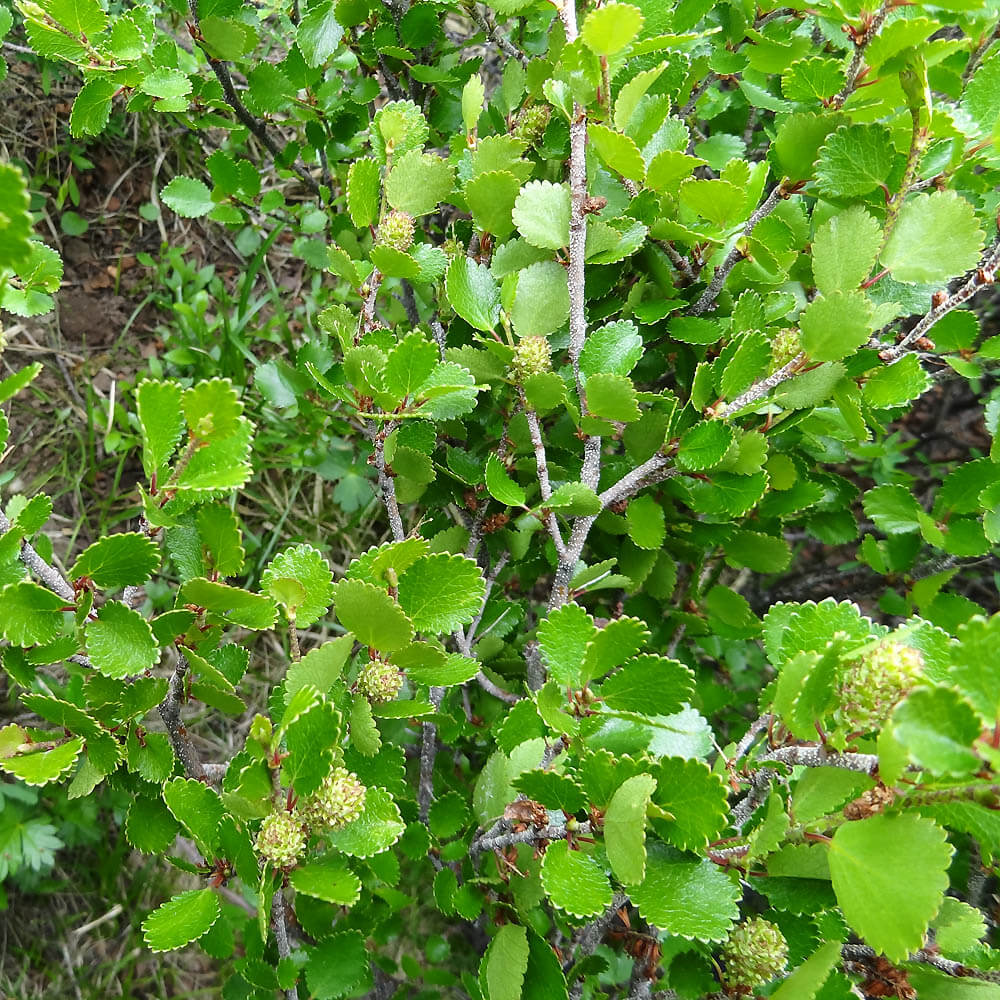 |
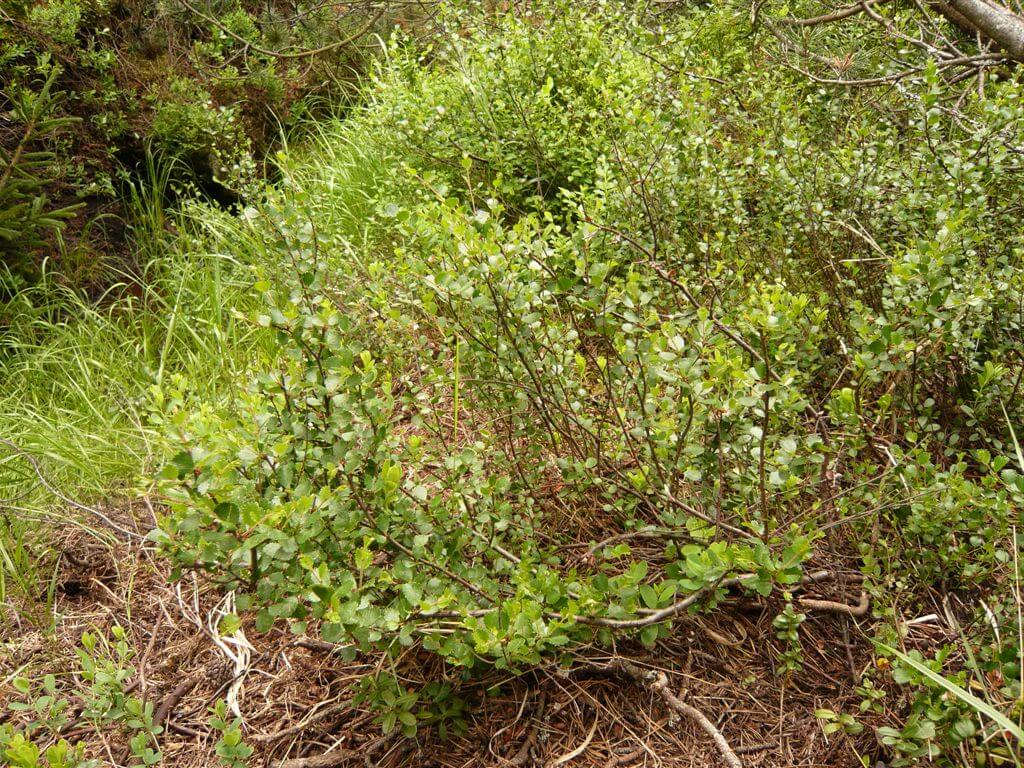 |
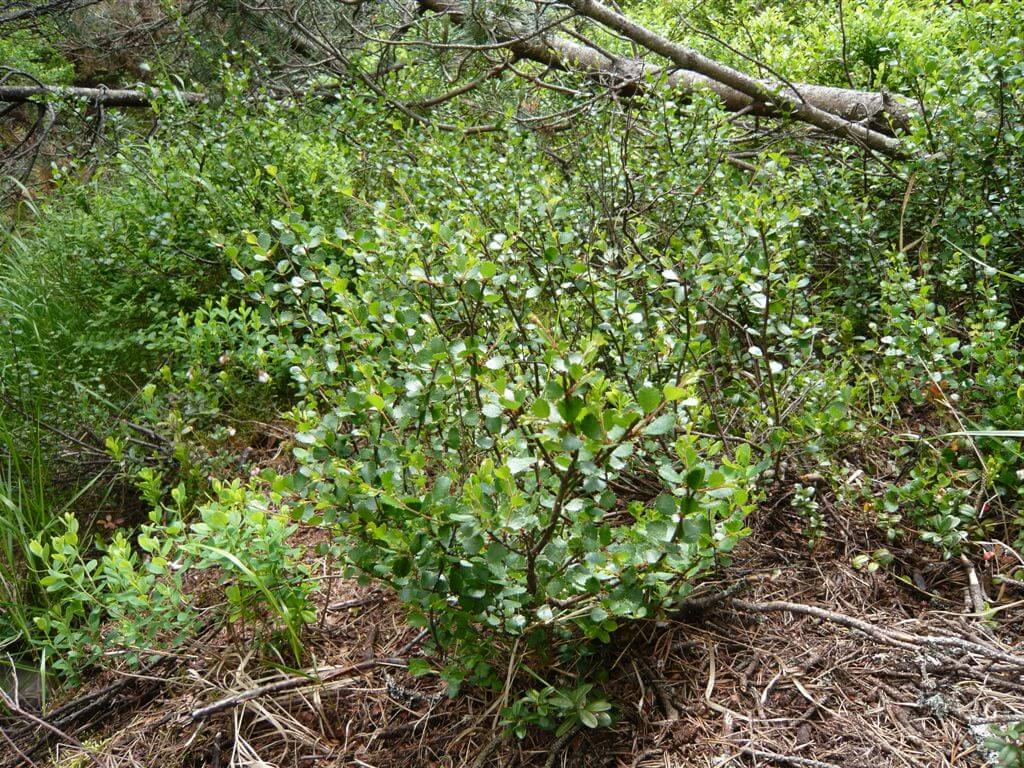 |
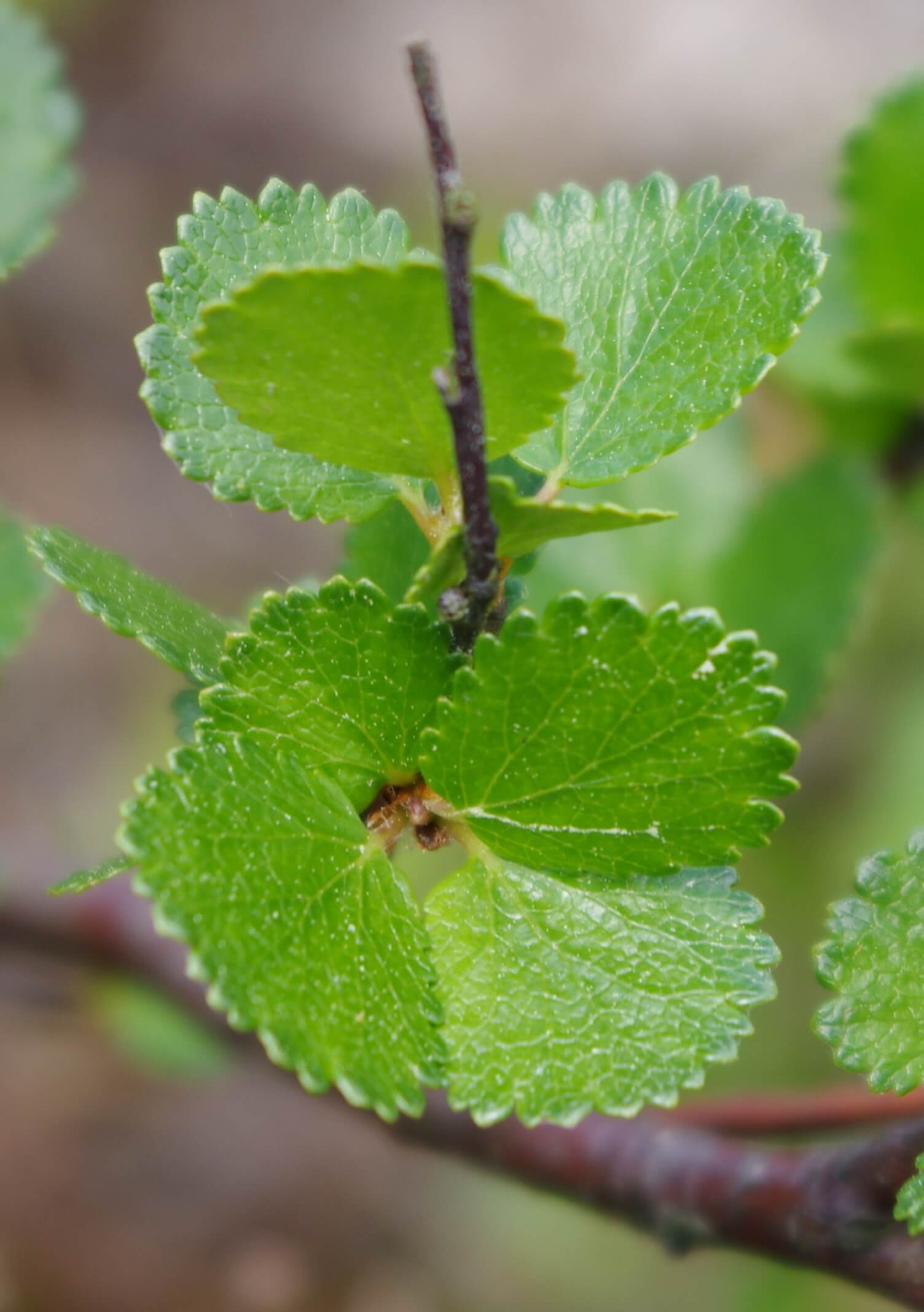 |
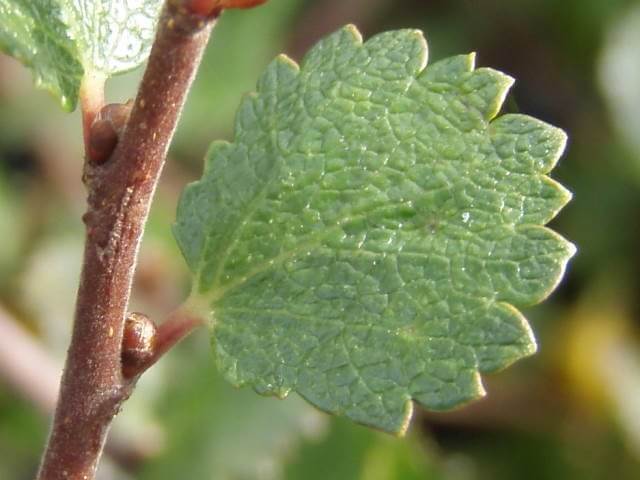 |
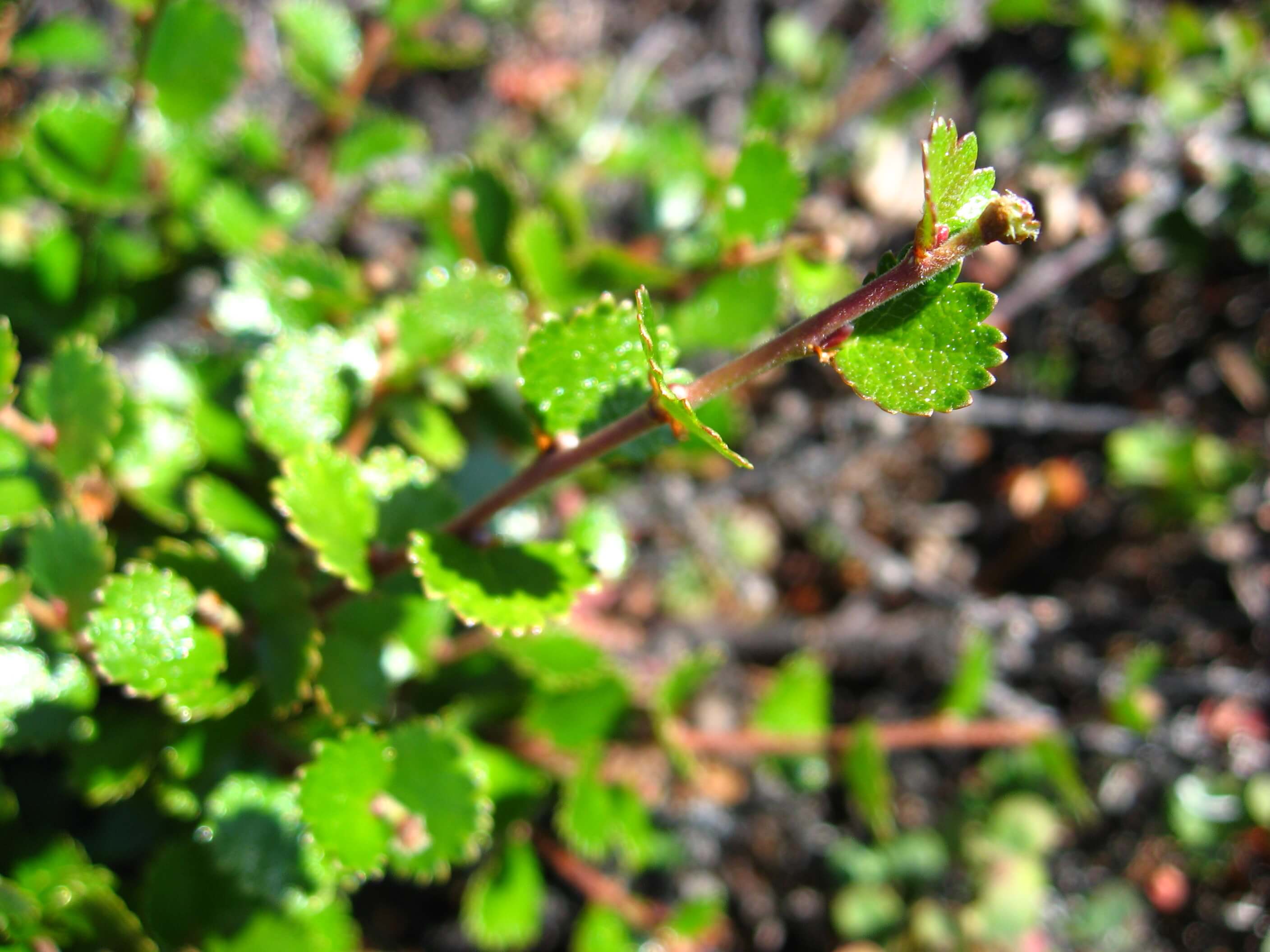 |
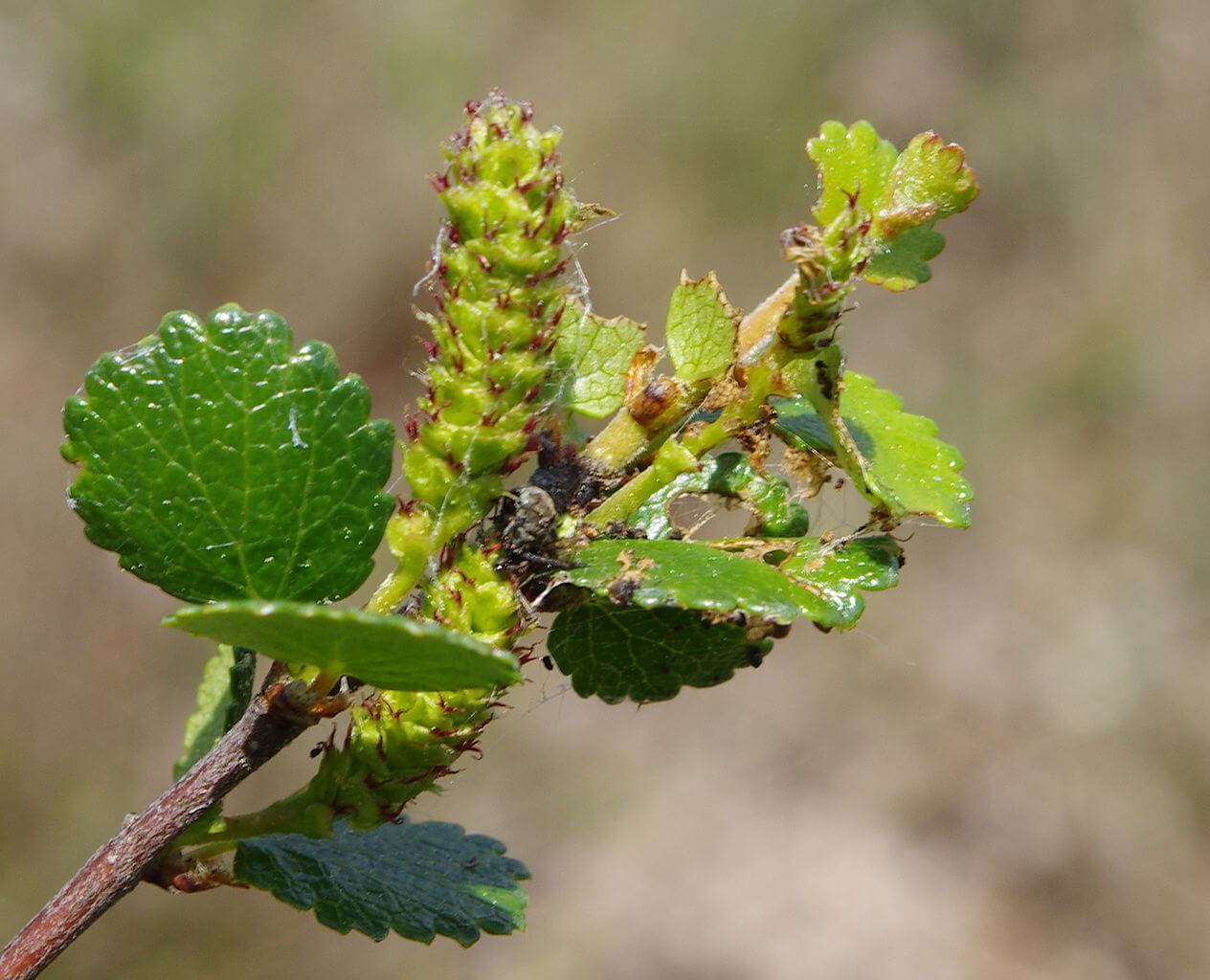 |
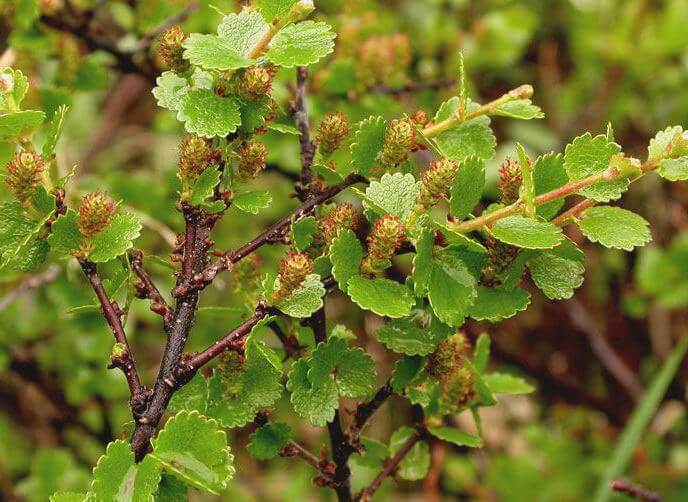 |
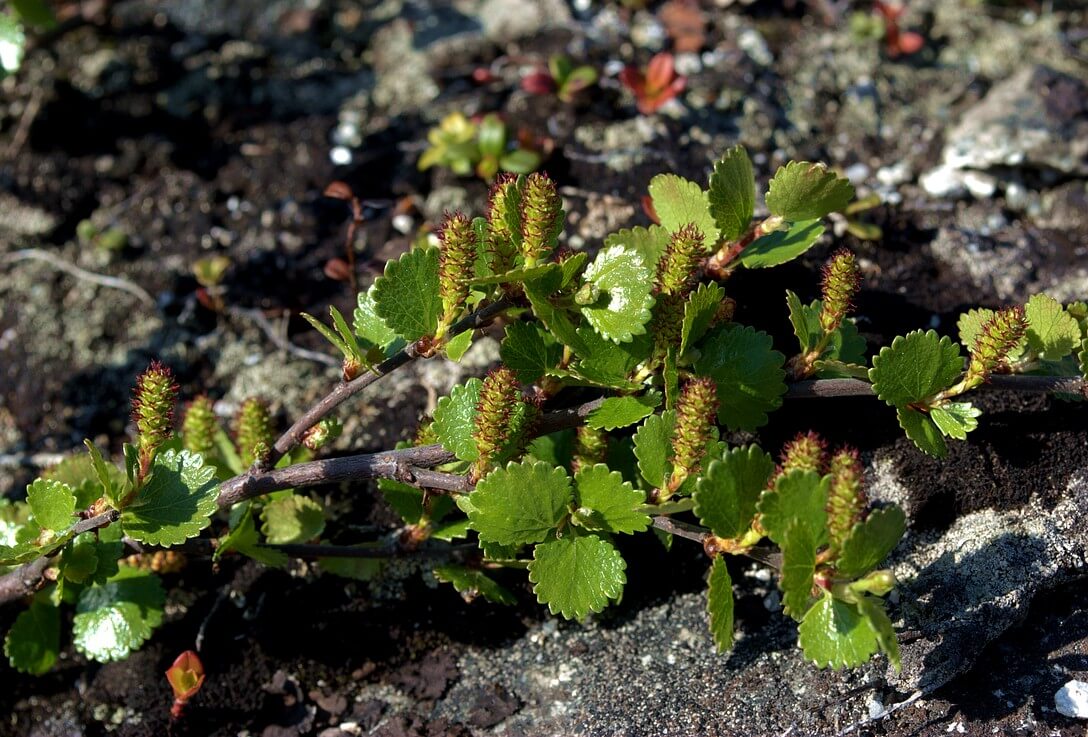 |
